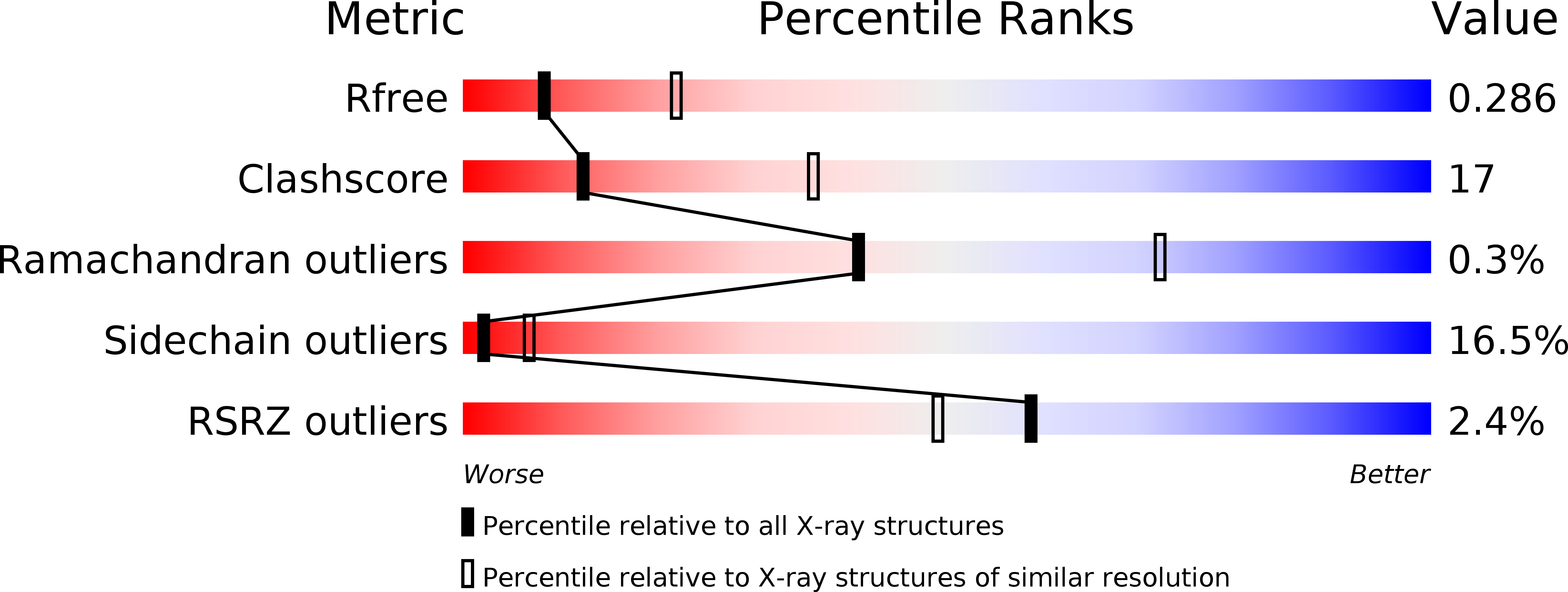
Deposition Date
2016-07-11
Release Date
2016-08-17
Last Version Date
2024-10-09
Entry Detail
PDB ID:
5KTG
Keywords:
Title:
Crystal structure of mouse Bak BH3-in-groove homodimer (GFP)
Biological Source:
Source Organism:
Aequorea victoria (Taxon ID: 6100)
Mus musculus (Taxon ID: 10090)
Mus musculus (Taxon ID: 10090)
Host Organism:
Method Details:
Experimental Method:
Resolution:
2.80 Å
R-Value Free:
0.27
R-Value Work:
0.24
R-Value Observed:
0.24
Space Group:
P 31 2 1


